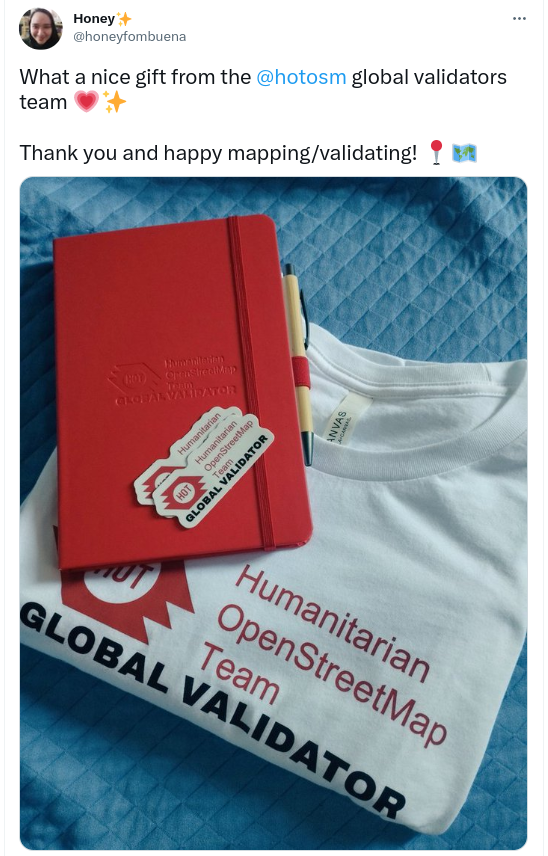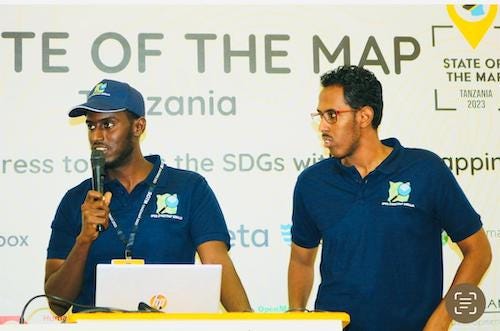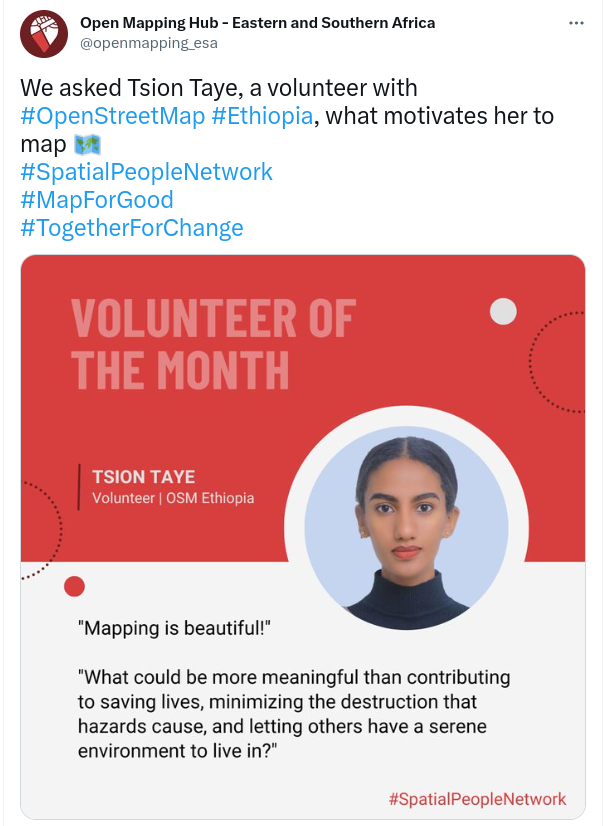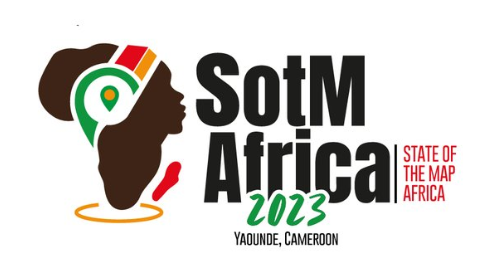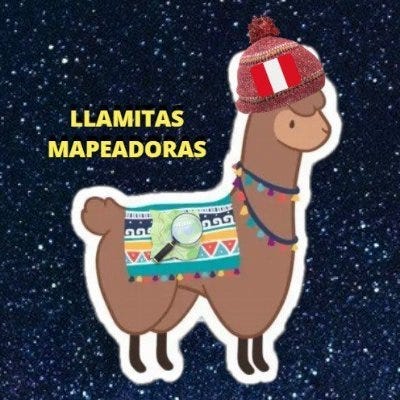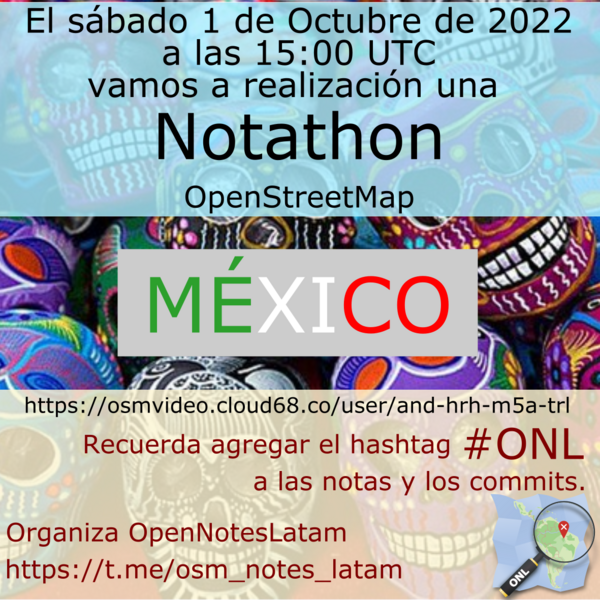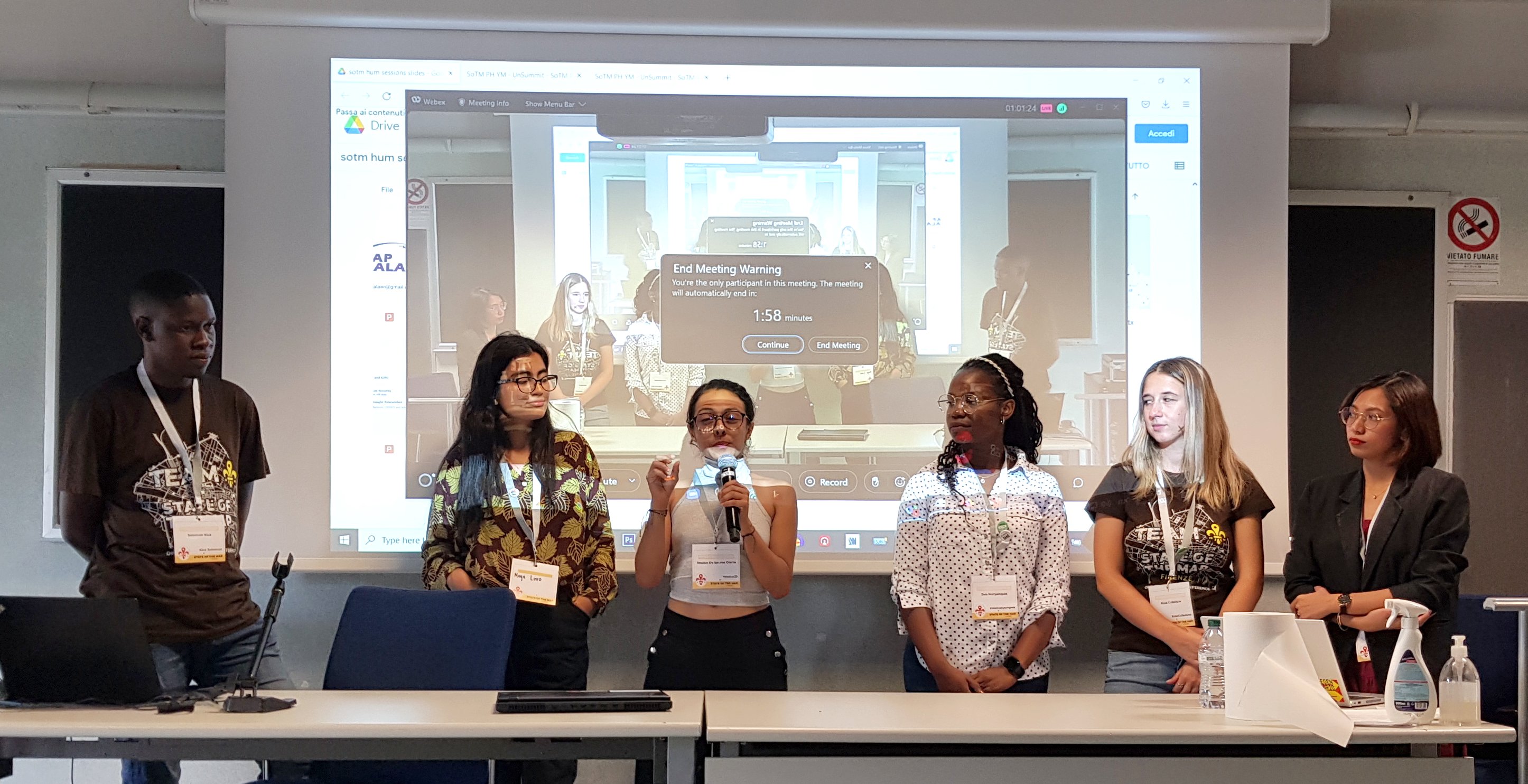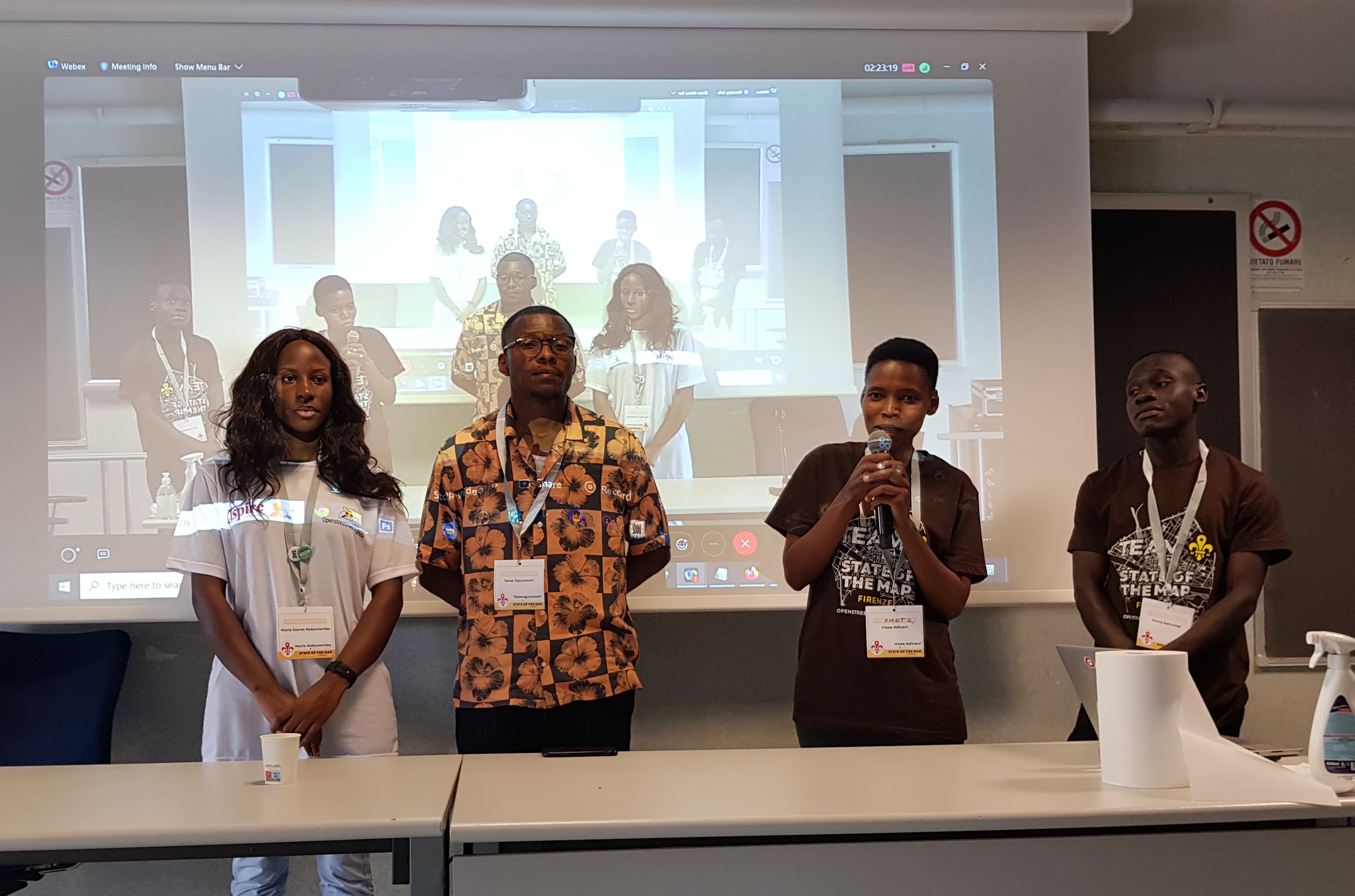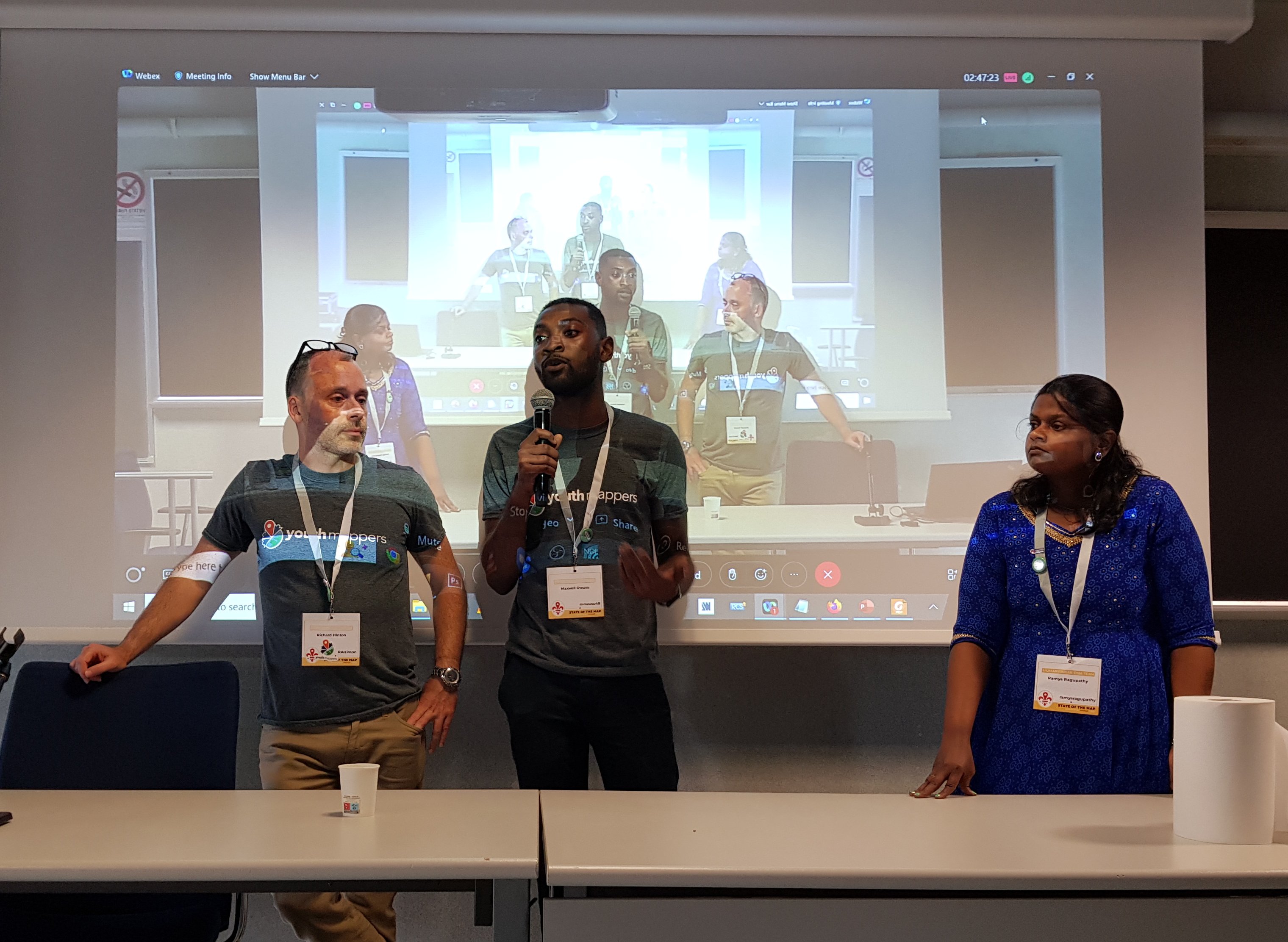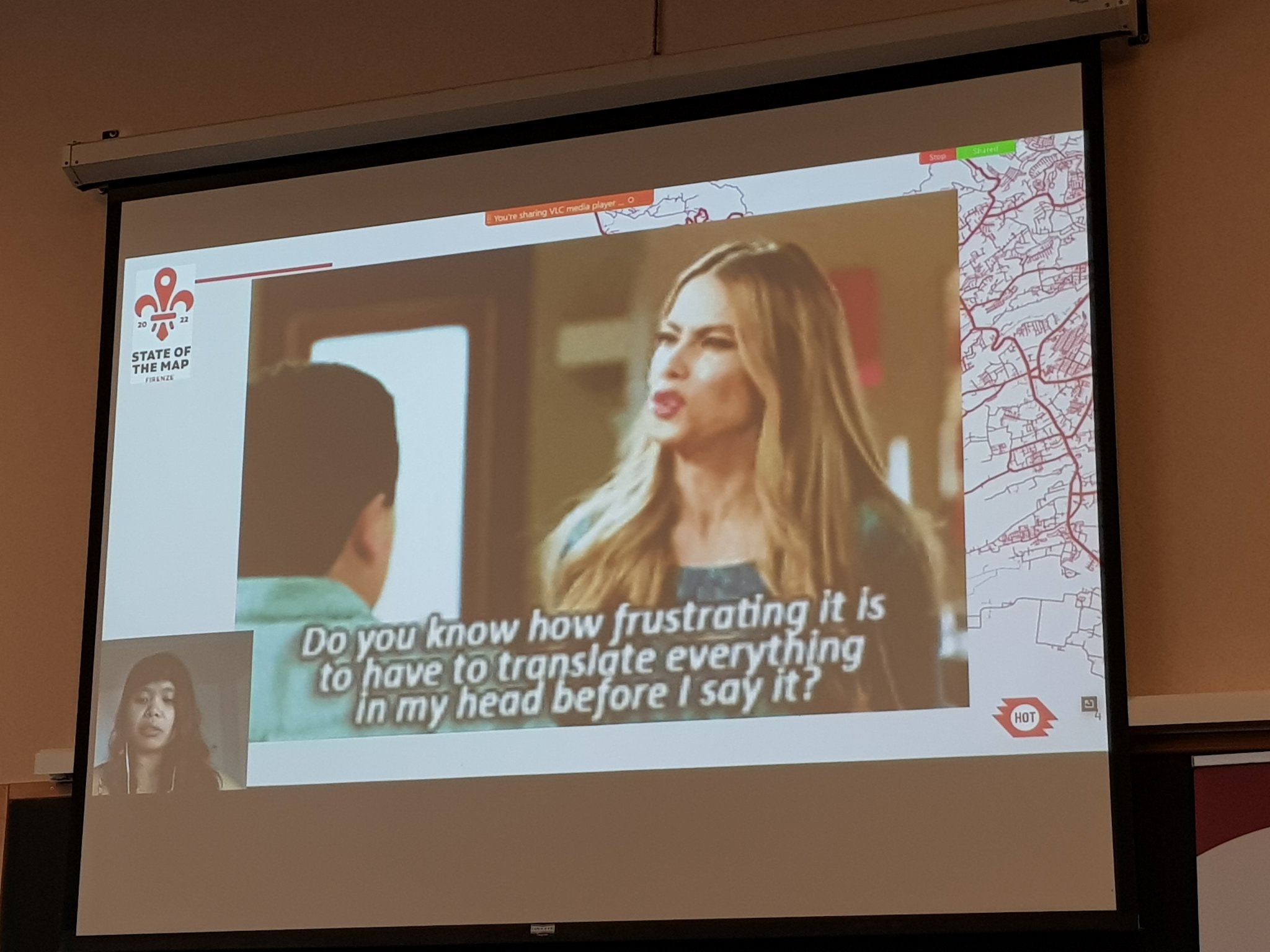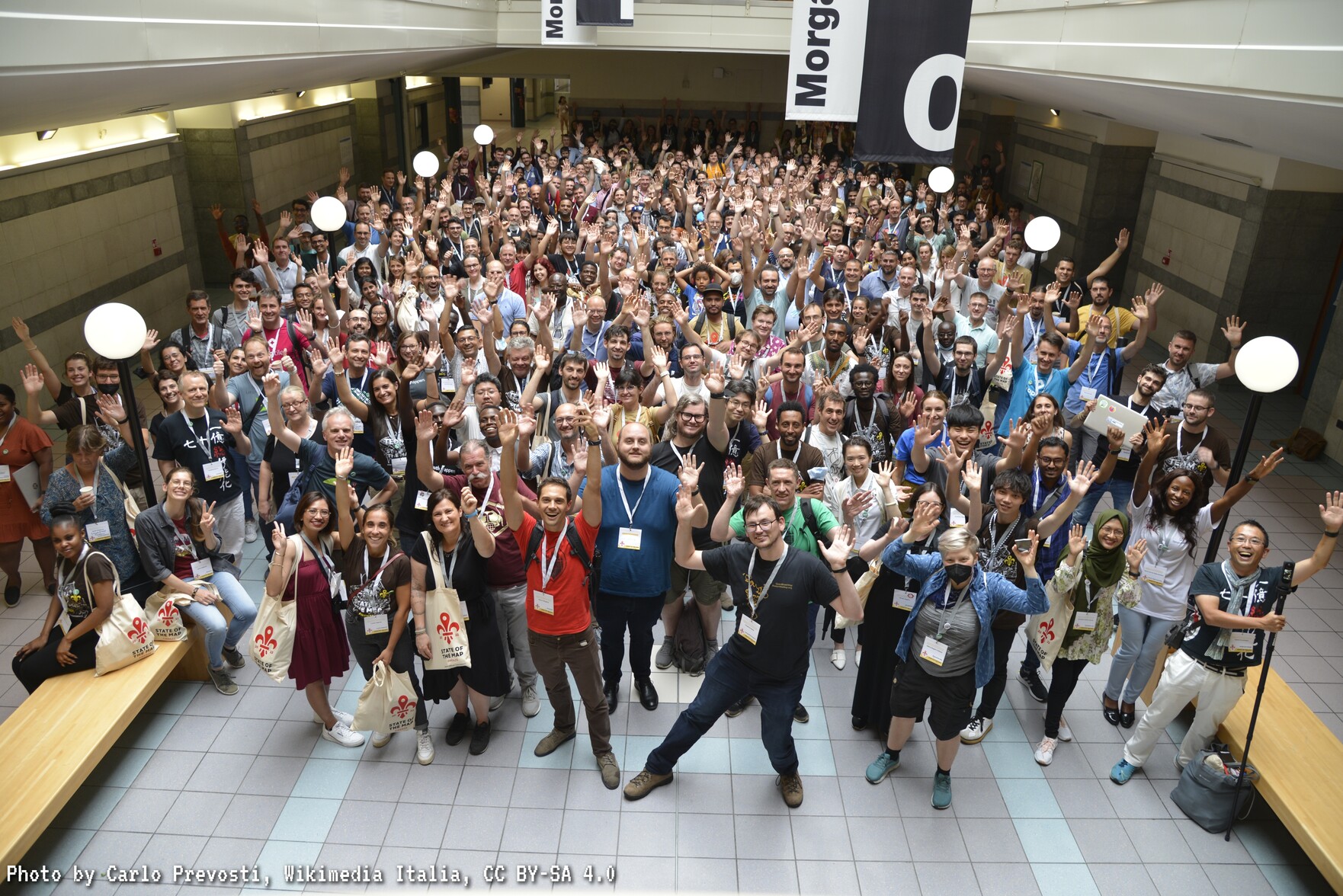This OSM diary is an English translation of Yekastreet’s OSM diary post called Sobre el “Mapping Workshop 2023”. Translating and re-posting because I enjoyed it so much :D
A reflection of YEKA and our journey…
Among the many kilometres of routes we have mapped in the seven years since Youthmappers started, our own journey as YEKAStreetMGA continues to surprise and please us the most. We have grown as a team, from our first mapathons in the barely equipped classrooms of the university, to the partnerships we are now forming with our local mapping networks. Design by design, we make the use of open data tools a little more accessible. Through methodological design (a term unthinkable for us in the early days), we have now transformed our first university meetings into structured processes to disseminate and share our knowledge with a new community of mappers.
What we have experienced as students, as women, in a socio-political context that routinely places us between non-functional institutionalism and the uncertainty of self-management in educational processes, reaffirms once again that teaching is a highly political act. Empowering. Essential in the construction of new models of society. And, in a country where making community is a crime, mapping and locating ourselves is in itself an act of humanitarian rebellion. Here we are, here we exist, more than planimetry and satellite rasters. We are vectors on the map, with direction and meaning. And our dedication and commitment to cultivating and growing the community in Central America overcomes the risks and dangers.
Central America yes, because when we speak of Latin America we make invisible the particular individuality of Central Americans, we exist between Mexico and South America, and although we share, we are indisputably different from the rest of Latin America in our struggles, way of life, needs and challenges.
This is how we began this workshop, with a great sense of responsibility towards our community and eternally grateful to our alliances and the bonds of trust that we have built over the years with different universities and individuals.
Taking the first steps…
The Mapping Workshop started on a hot Saturday, as Managua is famous for, passing the 40 registration mark, as well as the city’s degrees Celsius. In the room there were new faces and those more familiar, enthusiastic and curious. For our part, we had high expectations of being able to reach out to this young group and sow an interest in community building.
The group was surprisingly multidisciplinary, which required preparation of supplementary material and greater adaptation. Naturally, the language barrier and some technicalities of the different tools and platforms was a challenge to conquer. As YEKA, we have identified this challenge and hope to contribute to its resolution with the construction of a basic instructional booklet on mapping that is more accessible to users.
The issue of universal access to information on a platform where we advocate free data is a critical negotiation process, whether in language or method (audio, video, Braille, adapted for dyslexia and dyscalculia), if we think about the future sustainability of projects in the region.
The lack of spaces to discuss the process of training new mappers and the lack of didactic revision of the materials available on the official platforms are challenges that as part of the community we hope to overcome by building local networks and grouping together to begin these processes of socialisation that concern us as Central Americans. For our part, the challenge in this mapping workshop was to adapt the content and methodology to an audience that was learning from scratch, who were not familiar with GIS and above all who came from such diverse professions as law, sociology, art, industrial and agroforestry engineering, architects and accountancy. A multidisciplinary approach, which at first sight may seem intimidating, but which is nevertheless vital for the construction of comprehensive proposals that would probably not be generated in a typical homogeneous group of architects, urban planners or programmers.
Whilst the challenges were many, the interest of the group overrode them all. From the first day they were expectant, asking questions ahead of time, wanting to get ahead of events, inviting more colleagues to join the workshops the following Saturday and already forming groups for their projects. In this space, people who didn’t know each other ended up creating small mapping collectives and celebrating the occasional birthday.
Going from the simplest to the most complex, acknowledging who we are and what we want as a group (as YEKA, as Youthmappers, as Humanitarian OpenStreetMap) we introduced the group to OpenStreetMap and the ID editor, to understand the responsibility and ethics of the mapper and the monumentality that can be created, all contributing a grain of sand to feed the database. They were receptive, some with more difficulties than others, but as they participated in the small mapathon, questions arose about the usefulness of their work in the future, using the ID editor was easy for them because of the practicality of the programme. From then on, they found themselves in a new world of information at their fingertips.
A didactic strategy essential in the development of the mapping workshop was the construction of small mapping projects of personal interest. Aiming to bring participants together so that they could share experiences of a small-scale data collection process, and the fact that the theme of the project was not assigned opened up spaces for multidisciplinarity, creativity and in some cases even political positioning within their own communities.
Instruction in the different tools and platforms of the Workshop developed around the realisation of this course project, which allowed the group to feed back step by step the newly acquired knowledge with the implementation of said knowledge in their own field mapping. It was a continuous process of open communication between us and the group, of constant complementary support that ranged from the provision of recorded sessions, to late-night messages and calls through the group chat created for the Workshop. For us, accompanying them, their curiosity, their enthusiasm, their motivation to do more and to do it better, is what successfully keeps us contributing to the mapping and open data community.
We addressed the use of simple collection tools such as OSMAND, OSMTracker and Kobo Toolbox, which has a bit more complexity and scope. The use of applications on mobile devices opened up a space of more confidence and familiarity. Somehow the tools didn’t look so intimidating amidst the tik tok and instagram icons. We accompanied the groups in creating their possible mapping routes, shared experiences of where not to cross, what not to say, what behaviours look suspicious, how to casually photograph without being a victim of theft and yes, sunscreen was necessary as well as umbrellas and jackets.
Finally, with their data collected, it was time for the long and sometimes not so exciting process of editing, review and validation. It seemed that once they had gained confidence in their new skills, YEKA came in like the big bad wolf and blew their house down. We introduced JOSM, Mapbox and the much feared and misunderstood QGIS. Suddenly the spring of mapping was over and we had entered the long winter of trying and testing. The struggle was long and hard fought, addressing challenges with labels, geometry, plug-ins, file extensions and interoperability, coordinate systems as well as raging storms in Managua threatening to knock out power.
Countless cups of coffee, 5-minute breaks, candy and the occasional joke were the fuel that powered the making of the final maps. And finally, in the calm at the end of the 8-session hurricane that was the mapping workshop, we saw each other and our reflection in our maps and were glad to have made it to the end.
The roadblocks…
They say if you want to go fast, go alone - if you want to go far, go together. We hope that our efforts to foster the growth of a mapping community in Nicaragua and in the region itself, will allow us to have projects that go beyond the obstacles that are now holding us back. From this experience and many others along our journey as mappers, we recognise the vitality in grouping, socialising, collaborating and accompanying our sister mapping chapters and groups in Central America. To categorise, redefine, renegotiate and build new strategies for participation and dissemination of our knowledge and contributions to open data as a necessary model for the empowerment of our Central American communities.



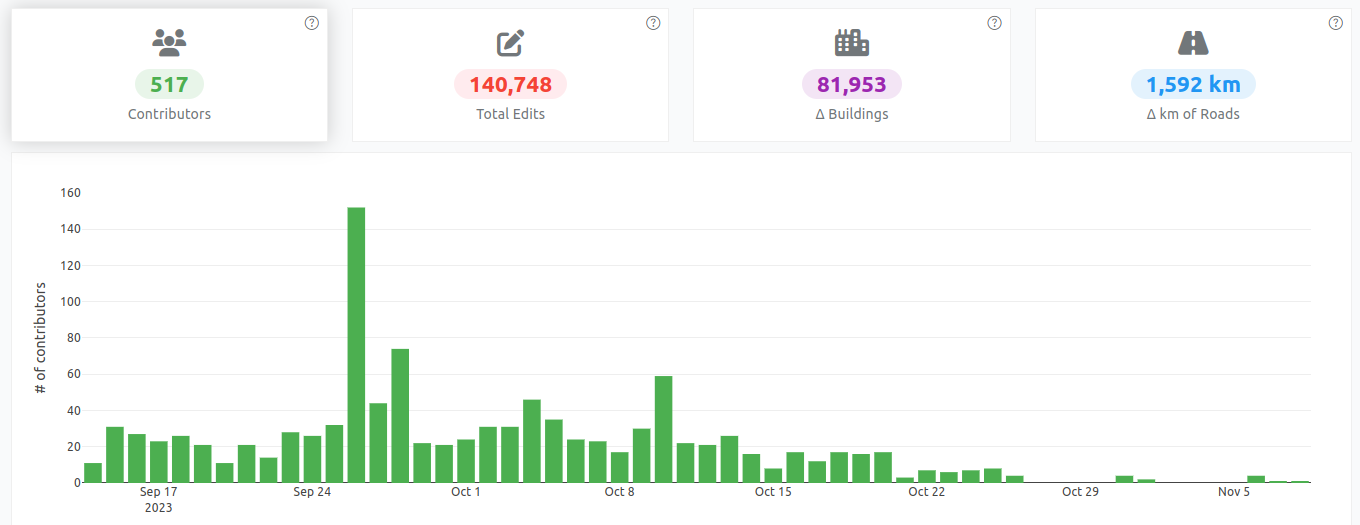

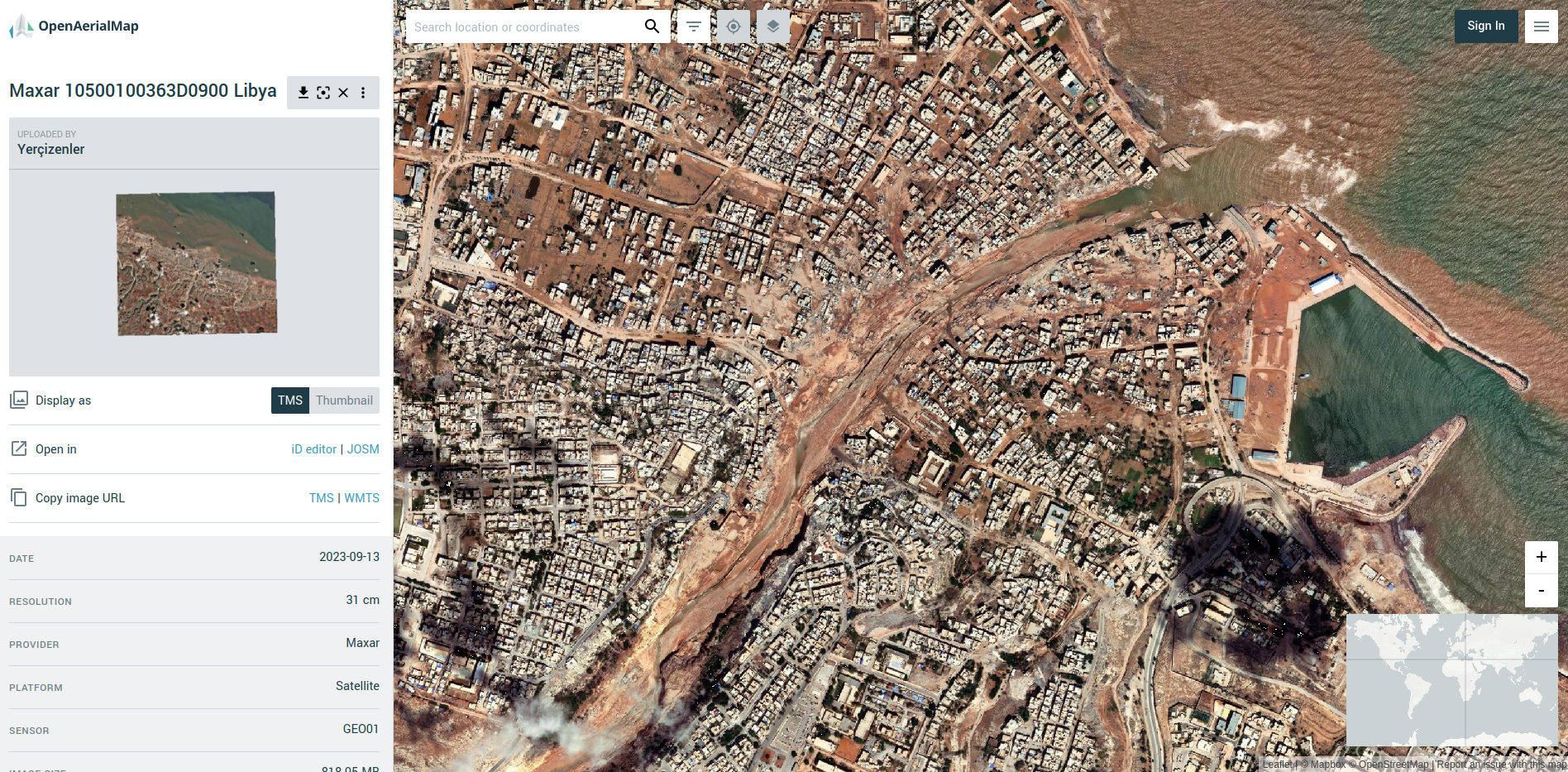
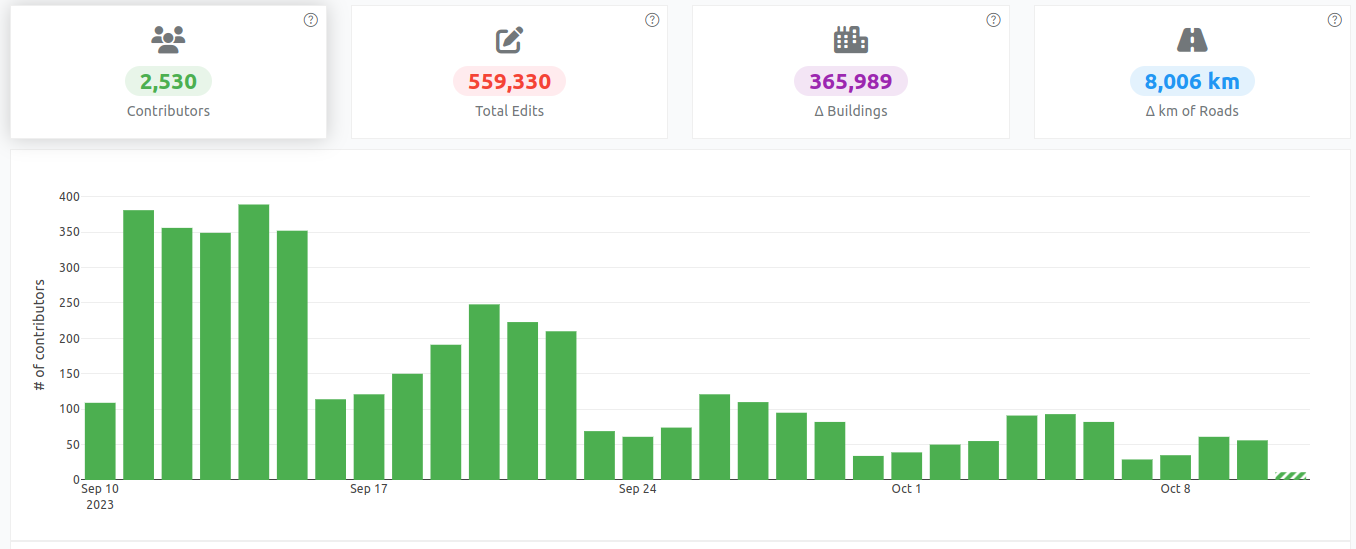

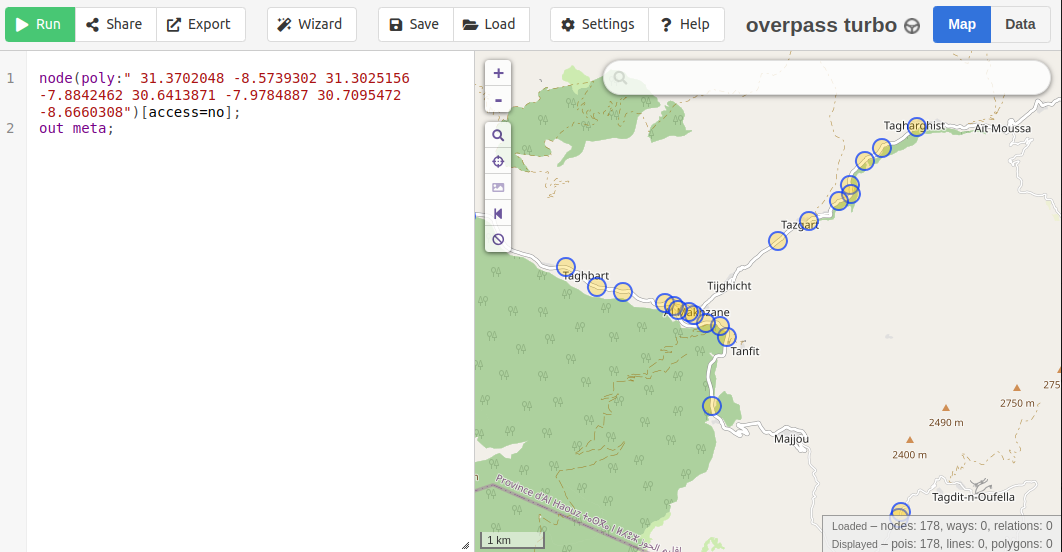


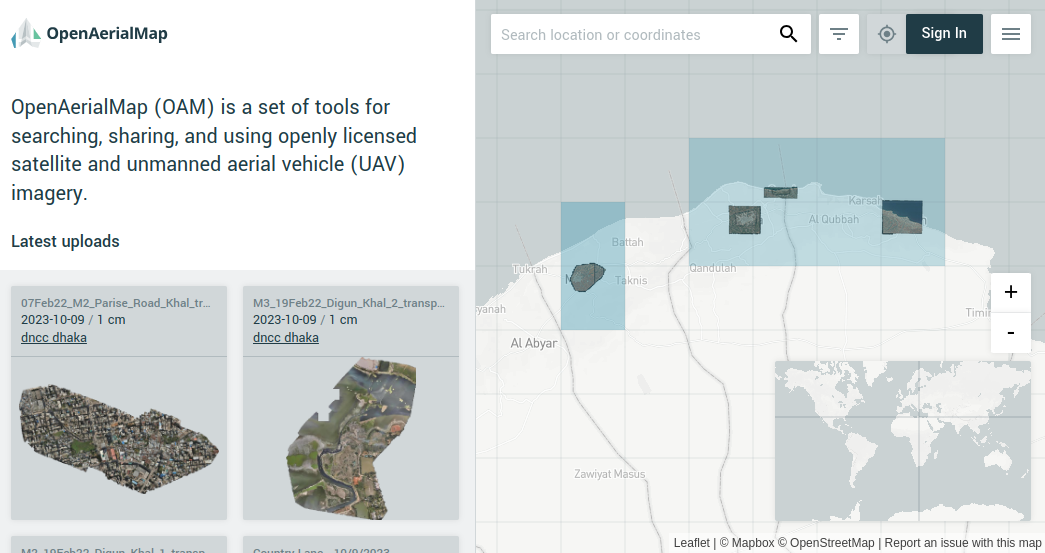
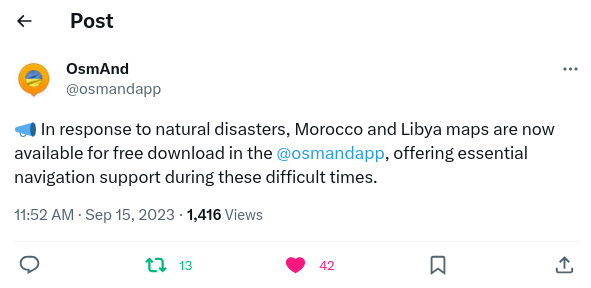

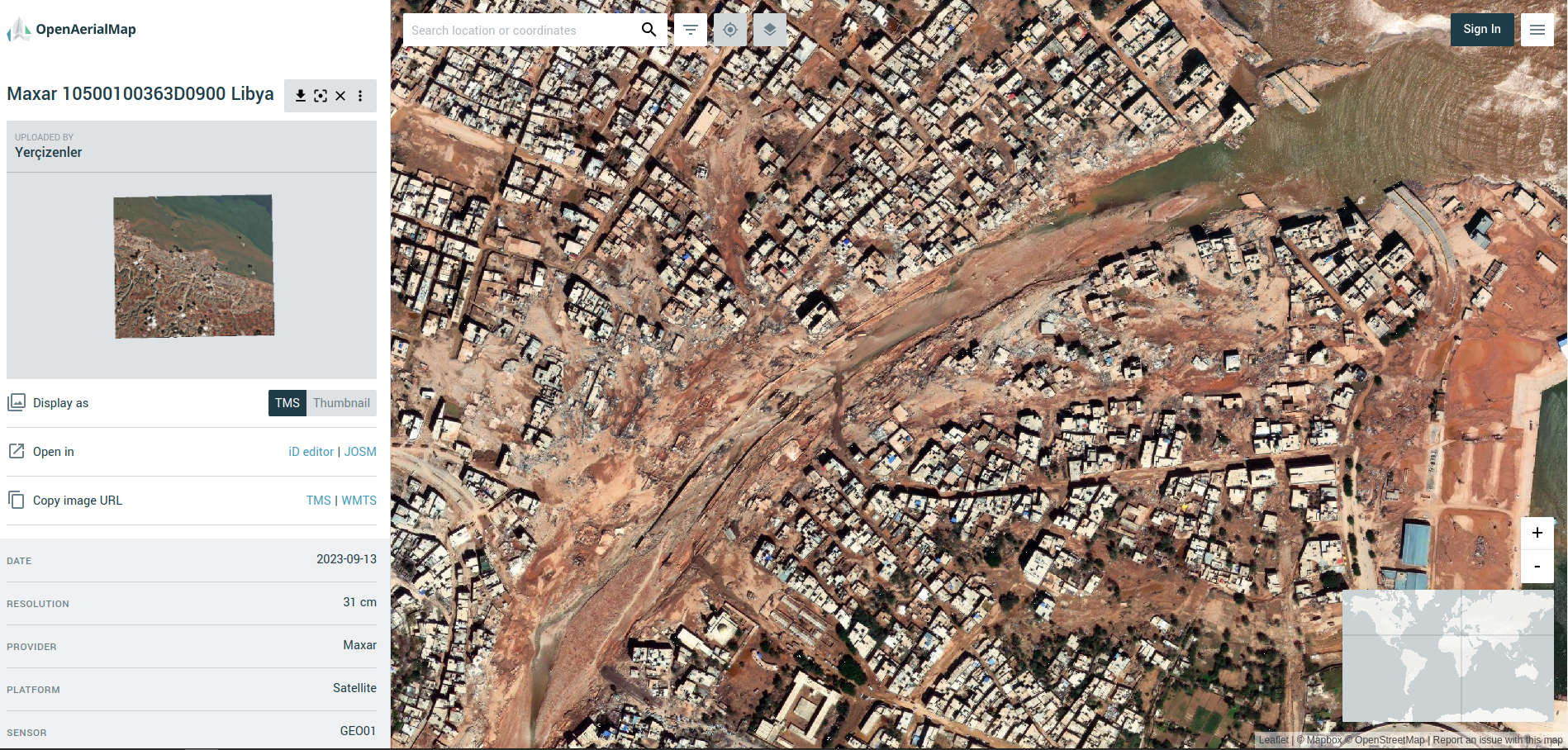


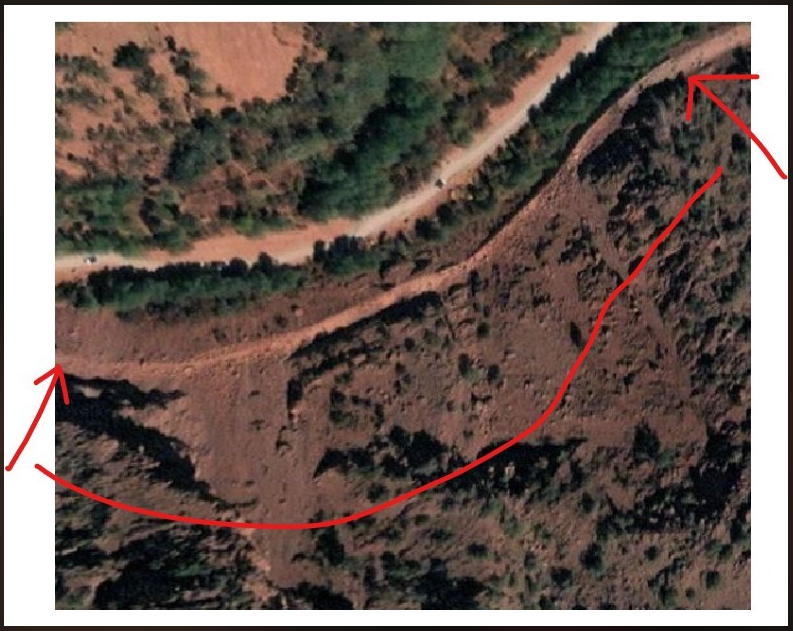

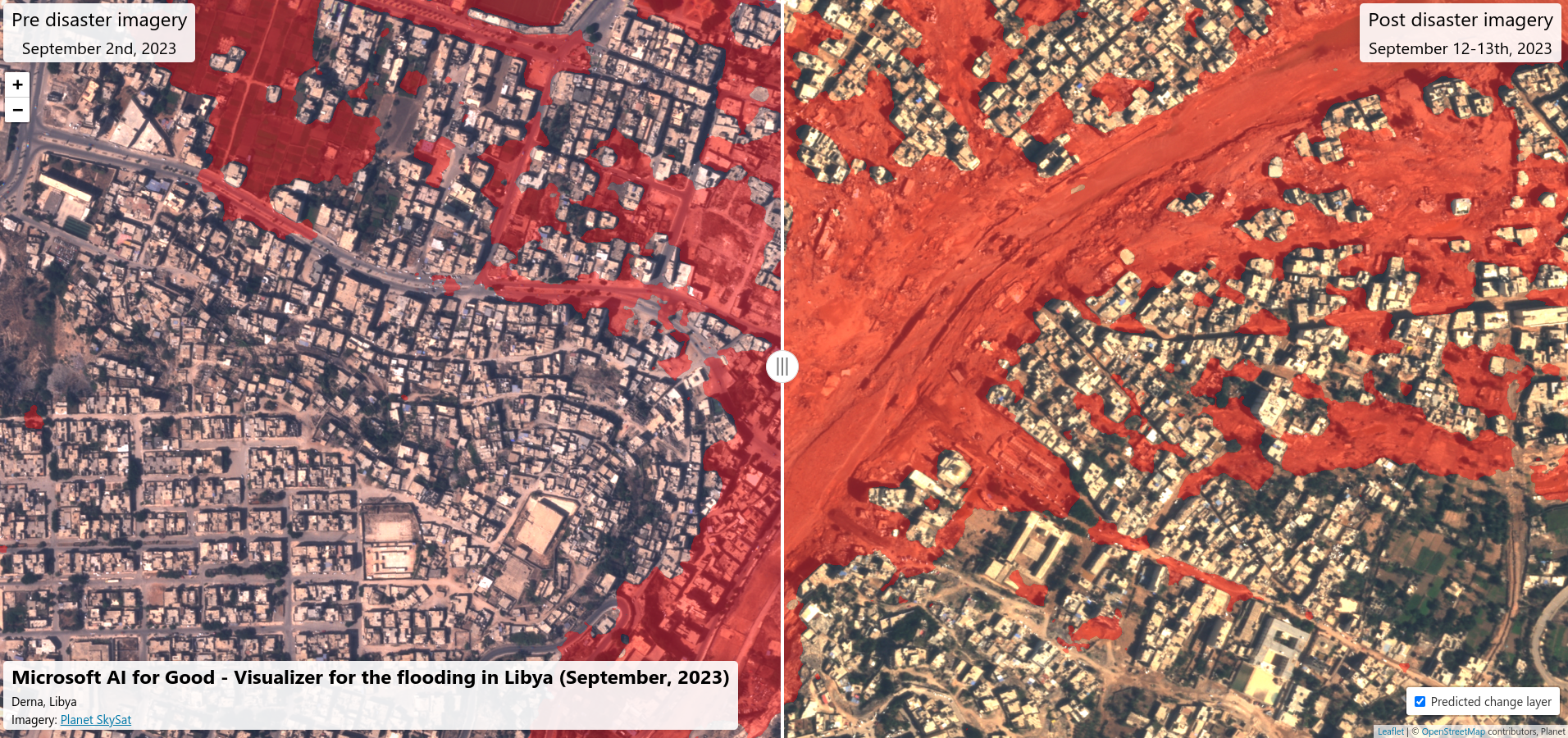
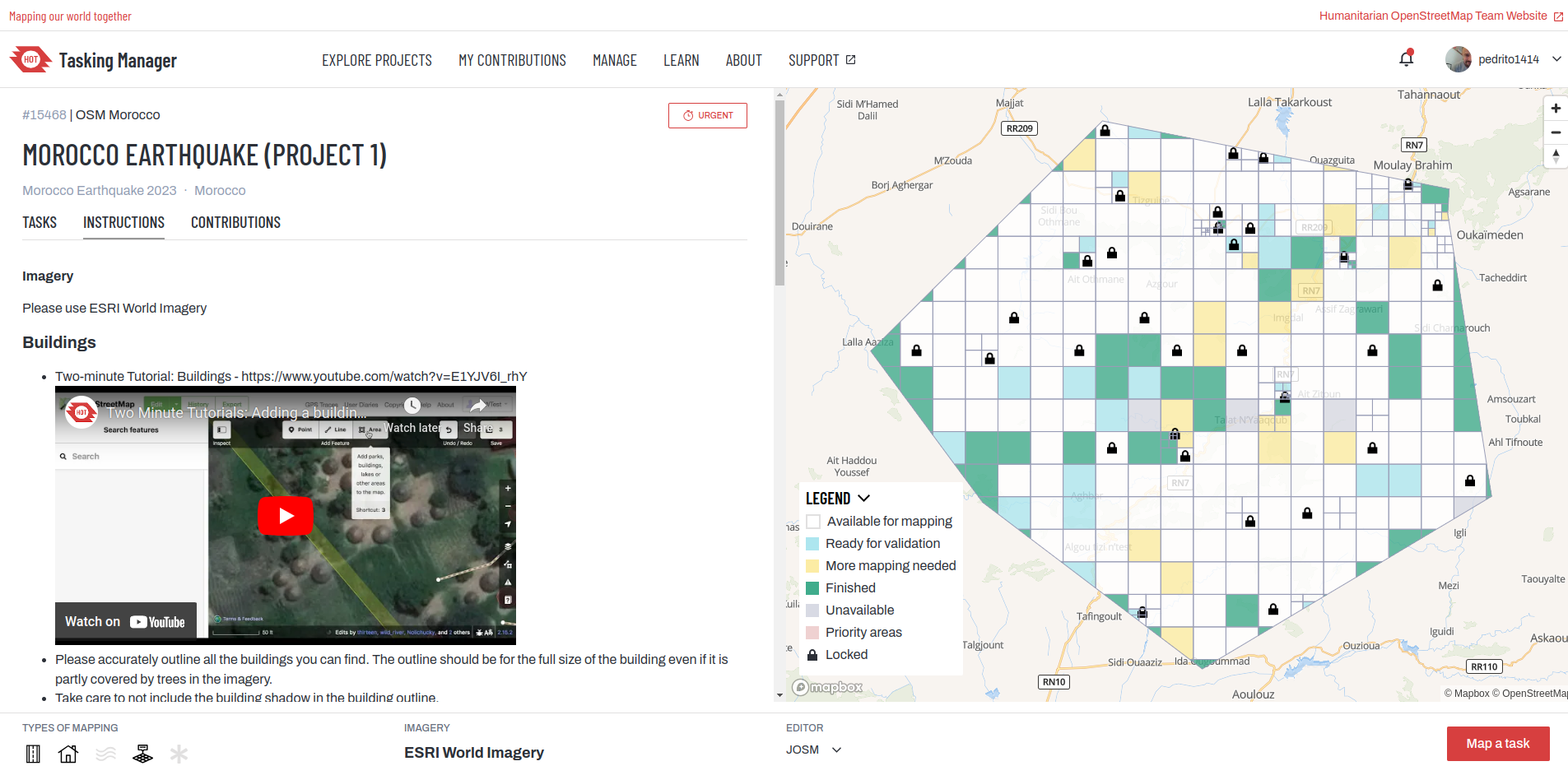


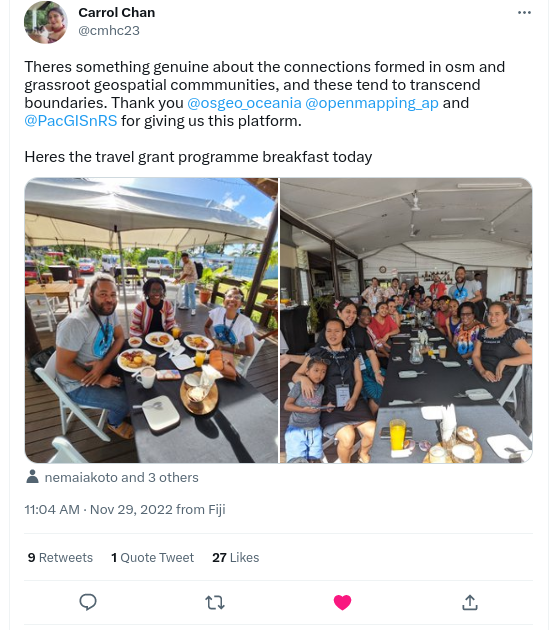


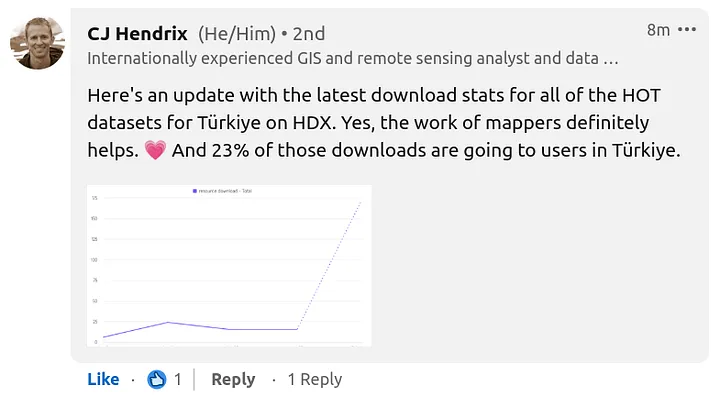
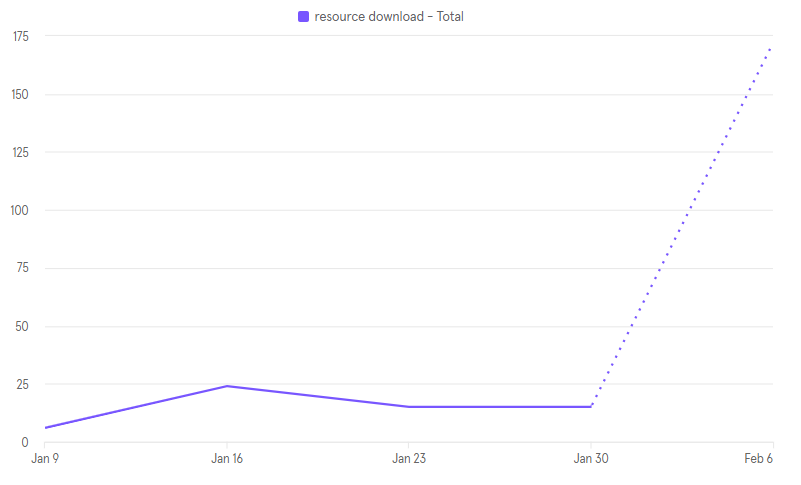
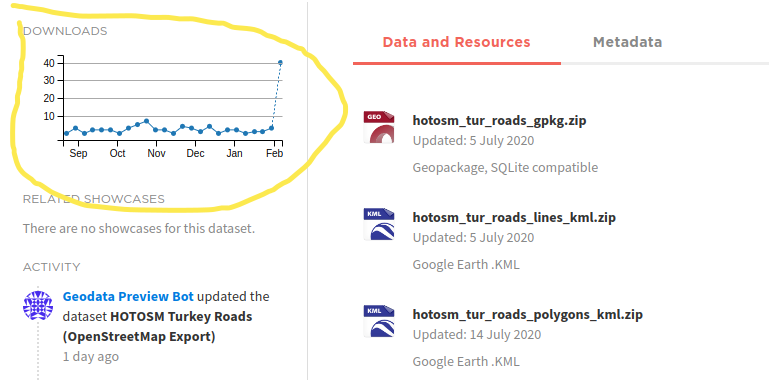 Screenshot from HDX showing the spike in downloads for OSM road data package in Turkey, 10 Feb 2023
Screenshot from HDX showing the spike in downloads for OSM road data package in Turkey, 10 Feb 2023